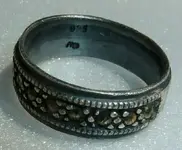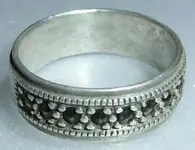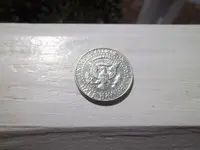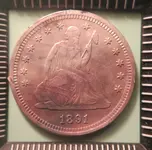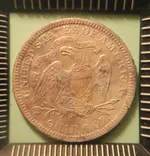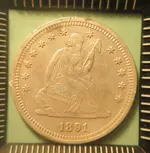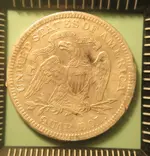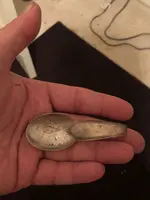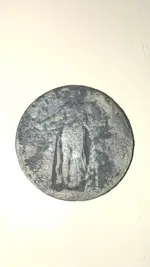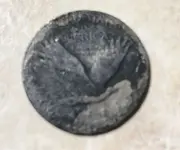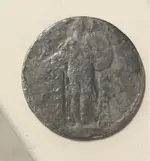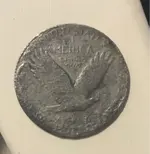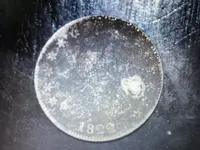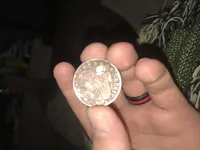This is a great idea for coins, but I respectfully suggest that it is not optimal for silverware, either plate or sterling. For silver pieces, from tea and coffee services to cutlery, part of the beauty IS the lovely patina that is caused by time, use, and careful polishing. I do totally agree that many polishes may be a bit much for everyday polishing, but reputable polishes such as Hagerty’s Silver Polish and Twinkle certainly have their place. ANY chemical reaction-based cleaning system is far too harsh for silver. And the black tarnish remaining in the grooves of the handles of lovely silverware and in the detail of a silver piece accentuates that actual detailing.
When I look at silver, I can immediately tell when the baking soda-aluminum process has been used because the silver now has a slightly different colour to it and has lost its beautiful patina. It breaks my heart, because as far as I have found in 30 years of experience, there is no coming back from that: the silver piece is now effectively ruined. I have also purchased beautifully polished silver, only to find it almost immediately tarnishes under normal conditions that do not affect my other pieces. This is invariably because someone has used a chemical-based cleaner, often in a wadding format: this actually creates tiny pores in the silver, which, as you can imagine is not a good thing.
There are a few easily obtainable silver polishes I’d recommend, which professional silver restorers I have spoken to over the years have used:
Very tarnished silver: Twinkle, perhaps several times. Hagerty’s Silver Polish, which is higher in whiting and very effective. (When using Hagerty’s, I used nitrile gloves, which leave no marks on the silver and are quite comfortable.)
Everyday regular maintenance when tarnished: Twinkle silver polish. Quite frankly, I was surprised when I discovered this! It’s so gentle I don’t need gloves, it smells pleasant, it works magic, and is extraordinarily gentle. Because it foams as you use it (it is almost like a bar soap in that way), it does clean detailing very well. It leaves a lovely shine. Twinkle is also easy to find and pretty cheap. It removes NO silver!
Everyday dishwashing cleaning: Dawn dish soap, a very soft cloth, ample hot or warm water, and a flannelette cloth. Paper towels leave fine scratches. Wash and rinse thoroughly, polish dry. Old towels work well, old flannelette diapers are the best!
Although I use these techniques on antique and contemporary silver, I also find they work well on dimes and old quarters etcetera.
I hope this info is useful! I’m going to follow the other terrific directions for more damaged or degraded coins, like those found buried under sand on a salty beach, for example, but after I’ve tried Twinkle and a super-soft toothbrush.
I really appreciate what you have written. I, too, wondered why on earth people would buy polish rather than using the more dramatic chemical methodology, but this is pretty much standard techniques for collectable or inherited silver, and is the method generally used in museums to maintain and clean their silver items. It really depends on what kind of patina you want to end up with.



